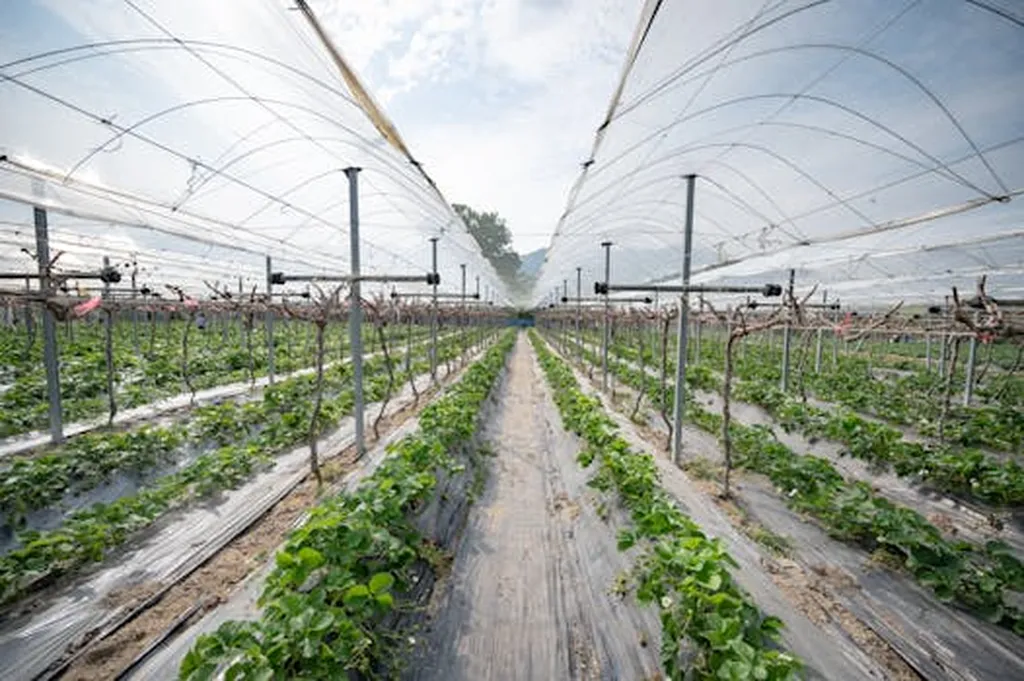In the heart of Italy, at the Institute of Research on Terrestrial Ecosystems (IRET) of the National Research Council (CNR) in Florence, Dr. Mario Pagano and his team are pioneering a revolution in agriculture that could reshape the way we grow food and manage our natural resources. Their recent review, published in the journal *Plants* (translated to English), delves into the transformative potential of agricultural nanotechnology, offering a beacon of hope for sustainable farming practices.
As the global population continues to rise, so does the demand for food. Traditional agricultural methods, however, often come with a hefty environmental price tag. Excessive use of chemical fertilizers, pesticides, and water has led to soil degradation, water pollution, and ecosystem imbalances. Enter agricultural nanotechnology, a field that promises to enhance crop productivity, improve soil health, and ensure sustainable practices.
Dr. Pagano’s review explores the wide-ranging uses of nanotechnology in agriculture, highlighting innovative plant-targeted delivery systems such as polymer-based nanoparticles, carbon nanomaterials, dendrimers, metal oxide particles, and nanoemulsions. These technologies are not just futuristic concepts; they are already showing promise in minimizing pesticide application, alleviating plant stress, and improving interactions between plants and nanoparticles.
One of the most compelling aspects of this research is its potential to address critical challenges such as pest resistance, nutrient management, and environmental sustainability. “Nanotechnology offers a precision toolkit for agriculture,” says Dr. Pagano. “It allows us to deliver nutrients and pesticides directly to plants, reducing waste and environmental impact.”
The commercial implications for the energy sector are also significant. Sustainable agriculture practices can lead to more efficient use of resources, reducing the energy required for farming. Additionally, the development of biodegradable nanomaterials ensures that these technologies are not only effective but also environmentally safe.
Dr. Pagano emphasizes the need for scaling up field trials to validate laboratory findings, developing biodegradable nanomaterials, and integrating nanotechnology with digital agriculture platforms. These steps are crucial for translating promising research into practical, sustainable solutions that can effectively support global food security.
As we look to the future, the work of Dr. Pagano and his team at IRET offers a glimpse into a world where technology and sustainability go hand in hand. Their research not only addresses immediate agricultural challenges but also paves the way for long-term environmental stewardship. In a world grappling with the impacts of climate change and resource depletion, these innovations could not be more timely.
The journey from laboratory to field is fraught with challenges, but the potential rewards are immense. As Dr. Pagano puts it, “The future of agriculture lies in our ability to innovate responsibly. Nanotechnology is a powerful tool, but it is our responsibility to use it wisely.”
In the coming years, we can expect to see more collaborations between researchers, farmers, and policymakers, all working towards a common goal: a sustainable future for agriculture. The review published in *Plants* is not just a scientific paper; it is a call to action, a roadmap for a future where technology and nature coexist harmoniously.

